Retail segment, MSMEs key to digital banks’ growth

NEW DIGITAL BANKS in the Philippines can grow by catering to retail clients with limited credit history who are underserved by lenders, debt watchers said.
S&P Global Ratings analyst Nikita Anand said new-to-market digital banks in the country can target retail customers and micro-, small-, and medium-sized enterprises (MSMEs), where credit penetration is relatively low.
“The incumbent banks have largely ignored these segments given the high risk of serving low-income borrowers with little credit record, and the high cost of building a branch network through the vast sprawl of rural Philippines,” Ms. Anand said in an e-mail.
“Their (digital banks) lower operational costs give them room to offer higher deposit rates, which may trigger deposit price competition in the sector,” she added.
Digital banks are only required to maintain an office as their transactions are done online.
However, these new entrants have to earn the trust of consumers, which traditional banks have already done through years of providing financial services, Ms. Anand said.
Willie Tanoto, director, Financial Institutions – Asia Pacific at Fitch Ratings, said digital banks in the country can penetrate the market in retail areas, such as deposits, payments, and insurance.
“We think some of the digital banks are likely to be capable of chalking up rapid growth in active users, especially in areas that are less demanding on regulatory capital, such as deposit mobilization, payments and transfers, distribution of investment and insurance products, etc.,” Mr. Tanoto said in an e-mail.
“Whether such growth can be sustained depends on whether they are predicated on a compelling product proposition and integration to the bank’s broader ecosystem, or whether they are driven chiefly by unsustainable competition on pricing,” he added.
S&P’s Ms. Anand noted that the Bangko Sentral ng Pilipinas (BSP) required lighter or “less onerous” capital requirements for digital banks compared with the case in neighboring countries such as Singapore.
A digital bank in the Philippines needs just P1 billion in paid-up capital, compared with the P2 billion to P20 billion required for traditional bank types depending on their branch networks. In comparison, Ms. Anand said, digital banks in Singapore need to put up capital of at least $1.5 billion or around P55 billion.
Although not a base case scenario, Ms. Anand said this regulatory approach may weaken the Philippine banking system’s resilience.
“Digital banks may gain material market share while being less capitalized than universal and commercial banks. From this perspective, BSP’s decision to monitor the new banks’ performance before awarding more such licenses seems prudent,” Ms. Anand said.
Despite low capital requirements compared with their traditional counterparts, new digital banks could face profitability issues as they need to make heavy investments in technology and their platforms, as well as human resource and customer acquisition in their initial build-out phase, Fitch’s Mr. Tanoto said.
“Profitability is likely to be pressured in the initial few years and digital banks’ business models will need to mature before they are likely to sustain consistent profitability,” he said.
The BSP earlier said it will cap the number of licensed digital banks at six for the meantime to allow regulators to closely monitor developments in the sector and ensure there is healthy competition among these new lenders.
The first lender to obtain an online banking license was Overseas Filipino Bank, a subsidiary of state-owned Land Bank of the Philippines.
Also granted digital banking licenses were Tonik Digital Bank, Inc. (Philippines), UNObank, Aboitiz-led Union Digital Bank, and GOtyme, which is owned by the Gokongwei Group and Singapore financial technology (fintech) firm Tyme.
The BSP gave the sixth license to Maya Bank, which will be operated by PayMaya Philippines, the fintech arm of Voyager Innovations, Inc.
Online banks are expected to help the BSP reach its goal of bringing 70% of Filipinos into the formal banking system and have 50% of transactions done online by 2023. — Luz Wendy T. Noble



